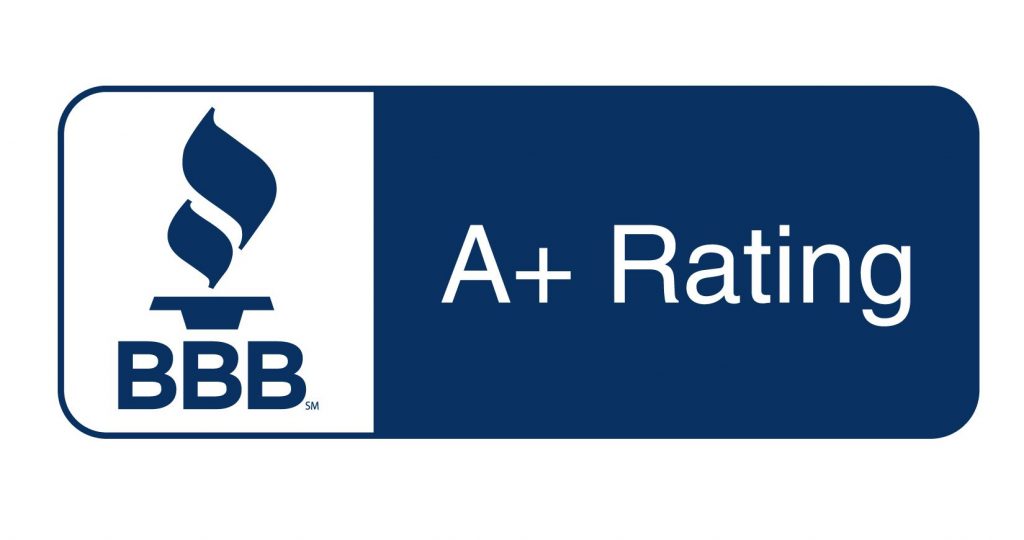Do you have questions about enrolling in Medicare? At Carolina Senior Benefits, we understand that the transition to Medicare can be filled with lots of questions and uncertainties. Whether you’re approaching your 65th birthday, considering retirement, or helping a loved one navigate their healthcare options, understanding Medicare is the best first step you can take to ensure a healthy retirement.
In this article, we’re diving into the top four most frequently asked questions about enrolling in Medicare. These questions are not just the ones we hear most often from our clients but also the ones that can have the biggest impact on your healthcare journey. From understanding eligibility criteria and the various parts of Medicare to unraveling the complexities of costs and coverage coordination, we’re here to guide you through this process.
When can I enroll in Medicare?
The Medicare program is littered with enrollment timelines. While that can be confusing, it’s important to know which enrollment periods you might qualify for and what you can do during each one. You may not use every enrollment period, but you should understand them so that you get the benefits you need when you need them. Plus, you’ll want to avoid any late enrollment penalties.
Let’s review the four most important Medicare enrollment periods you should be aware of.
Initial Enrollment Period (IEP): The IEP is a 7-month period that begins three months before you turn 65, includes the month you turn 65, and extends three months after that month. This is your very first opportunity to enroll in Medicare. If you’re already receiving Social Security benefits, you’ll be automatically enrolled in Medicare Parts A and B when you turn 65. If not, you’ll need to enroll manually during your IEP.
General Enrollment Period (GEP): If you miss your IEP, you can sign up during the General Enrollment Period, which runs from January 1 to March 31 each year. Coverage will start on the month after you enroll. Be aware that you may face late enrollment penalties if you delay your Part B and Part D enrollment.
Special Enrollment Periods (SEPs): SEPs allow you to enroll in Medicare outside the standard periods in specific circumstances, such as if you’re covered under a group health plan based on current employment. You have an 8-month SEP to sign up for Part A and/or Part B that starts the month after employment ends or the group health plan insurance based on current employment ends, whichever happens first.
Medicare Advantage and Prescription Drug Plan Enrollment: If you want to enroll in a Medicare Advantage (Part C) plan or a Medicare Prescription Drug (Part D) plan, you can do so during your IEP or during the Annual Election Period (AEP) from October 15 to December 7 each year.

Which parts of Medicare do I need?
You won’t necessarily enroll in every part of Medicare. It takes some time to understand what each part is for, so we’ll give you a brief overview here. Medicare is divided into four main parts: Part A, Part B, Part C (Medicare Advantage), and Part D. Each part serves a different purpose.
Medicare Part A (hospital insurance) covers inpatient hospital stays, care in a skilled nursing facility, hospice care, and some home health care. Most people don’t pay a premium for Part A if they or their spouse paid Medicare taxes while working.
Medicare Part B (medical insurance) covers certain doctors’ services, outpatient care, medical supplies, and preventive services. There is a premium for Part B, which varies based on your income.
Medicare Part C is commonly referred to as Medicare Advantage. These plans are offered by private companies approved by Medicare and include Part A and Part B coverage, and often Part D. These plans may offer extra coverage like vision, hearing, dental, and/or health and wellness programs. Consider a Medicare Advantage Plan if you’re looking for a plan that combines hospital, medical, and often prescription drug coverage, along with additional benefits.
Finally, Medicare Part D adds prescription drug coverage to Original Medicare (Parts A and B). Even if you’re not currently taking any prescriptions, you should still enroll in a Part D plan to avoid late enrollment penalties. Part D can be purchased as a stand-alone plan or as part of a Medicare Advantage plan.
One more thing. Medicare Supplements (Medigap plans) aren’t considered a “part” of Medicare, but they’re an important consideration for many beneficiaries. Medigap policies are sold by private companies and can help pay some of the healthcare costs that Original Medicare doesn’t cover, like copayments, coinsurance, and deductibles.
Determining which parts of Medicare you need depends on your healthcare needs and financial situation. Assess your current health requirements, consider your financial flexibility, and think about future health needs. It’s also advisable to review your options annually, as needs and available plans may change over time.
How do I enroll in Medicare?
Enrolling in Medicare isn’t as difficult as it seems, especially if you have the help of a knowledgeable Medicare advisor. There are three ways you can enroll in Original Medicare.
If you’re computer-savvy, we recommend enrolling online. This is by far the quickest option, and you’ll usually get your Medicare ID card faster if you opt to enroll in Medicare online. Simply go to the Social Security website to start this process.
You can also enroll in Medicare by phone. The Social Security office can be reached at 1-800-772-1213 (TTY users 1-800-325-0778).
Lastly, you may also make an appointment at your local Social Security office. This can be a good option if you need personal assistance or have specific questions.
How much does Medicare cost?
The cost of Medicare will depend on which plans you have, as well as your annual income.
As we mentioned earlier, most people enjoy premium-free Part A. As long as you or your spouse paid taxes for ten years, you won’t pay a premium for Part A. However, Part A still has a deductible and cost-sharing amounts, which you’ll be responsible for unless you have a Medigap or Medicare Advantage plan.
Everyone pays a premium for Part B. Each year, the Centers for Medicare and Medicaid Services (CMS) sets a standard premium. In 2024, that premium is set at $174.70. However, individuals and couples with higher-than-average incomes can pay more for Part B. This additional amount is called IRMAA, the Income Related Monthly Adjustment Amount. As with Part A, Part B also has deductible and cost-sharing responsibilities.
Medicare Advantage plans often have low monthly premiums. You may even find some in your area for as low as $0 per month. Be careful, though. That doesn’t mean these plans are free. Instead, you’ll pay when you need to use the plan. For example, you may have a $25 copay to visit your doctor. Each Medicare Advantage plan is different, so check the summary of benefits to learn more about the costs associated with each plan.
Medicare Part D costs also vary by plan. You’ll have a monthly premium, an annual deductible, and cost-sharing responsibilities. Your advisor will ask you for a list of your current prescriptions so they can recommend the most cost-effective plan for you.





